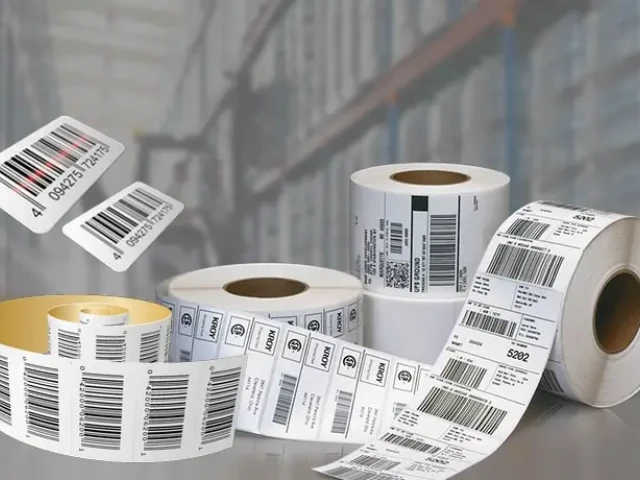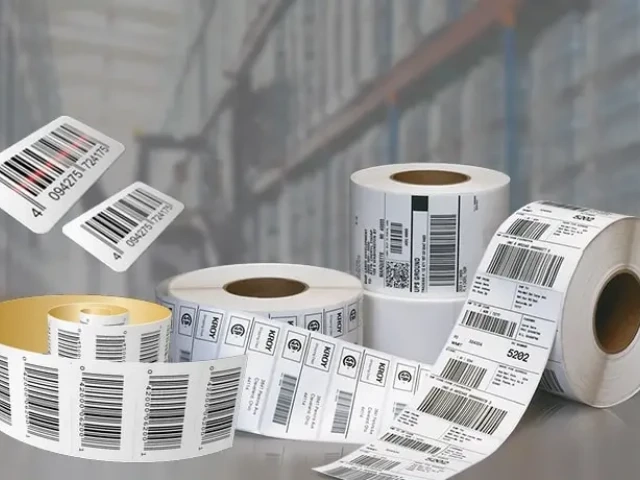Introduction
The FMCG (Fast-Moving Consumer Goods) industry is one of the largest consumers of packaging materials. With the growing concern over environmental sustainability, brands are shifting towards eco-friendly FMCG printing solutions to reduce waste and promote sustainable practices. By adopting innovative printing techniques and sustainable materials, companies can minimize their carbon footprint while maintaining high-quality packaging that attracts consumers.

The Need for Sustainable FMCG Printing
Traditional FMCG packaging often contributes to environmental pollution due to excessive plastic usage, non-recyclable materials, and energy-intensive printing processes. With increasing consumer awareness and government regulations, businesses are now prioritizing FMCG printing in India that aligns with sustainability goals.
Key Challenges in FMCG Packaging Waste
- Excessive plastic waste: Non-biodegradable packaging materials contribute to environmental pollution.
- High carbon footprint: Traditional printing methods use chemicals and excessive energy.
- Difficult recycling processes: Many packaging materials are hard to separate and recycle efficiently.
- Consumer demand for eco-friendly products: Shoppers are increasingly choosing brands with sustainable packaging.
Sustainable Printing Solutions for FMCG Packaging
1. Eco-Friendly Printing Technologies
To minimize waste, FMCG labels manufacturers are adopting advanced printing techniques such as:
- Digital printing: Reduces ink waste and energy consumption while offering high-quality prints.
- Water-based inks: An alternative to petroleum-based inks, these reduce chemical pollution.
- LED-UV printing: Uses less energy and produces less waste than traditional printing methods.
2. Biodegradable and Recyclable Packaging Materials
Using sustainable materials can significantly reduce the environmental impact of FMCG printing in India. Popular choices include:
- Recycled paper and cardboard: Easily biodegradable and widely available.
- Compostable plastics: Derived from plant-based sources, reducing dependency on fossil fuels.
- Glass and metal packaging: Highly recyclable and reusable.
3. Minimalist Packaging Design
Brands are moving towards minimalist packaging to reduce material usage. This includes:
- Compact packaging that eliminates unnecessary layers.
- Monochrome printing to reduce ink consumption.
- Clear recycling instructions to encourage proper disposal.
4. Sustainable Labeling Solutions
Labels play a crucial role in FMCG branding, and sustainable options are becoming a priority for FMCG labels manufacturers. Some solutions include:
- Eco-friendly adhesives that do not contaminate recycling streams.
- Removable labels to facilitate easy recycling of containers.
- Soy-based inks that are non-toxic and biodegradable.
Benefits of Eco-Friendly FMCG Printing
Switching to sustainable FMCG printing offers multiple advantages:
- Reduces environmental impact by minimizing waste and energy use.
- Enhances brand reputation as consumers prefer eco-conscious brands.
- Complies with government regulations related to packaging sustainability.
- Improves cost efficiency in the long run by reducing material waste.
Conclusion
Eco-friendly FMCG printing in India is gaining momentum as brands recognize the importance of reducing waste and adopting sustainable packaging solutions. By incorporating biodegradable materials, advanced printing techniques, and sustainable labeling, FMCG labels manufacturers can play a crucial role in creating a greener future. As consumer demand for sustainability grows, businesses that embrace eco-friendly FMCG printing will not only contribute to a healthier planet but also gain a competitive edge in the market.



